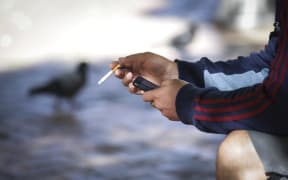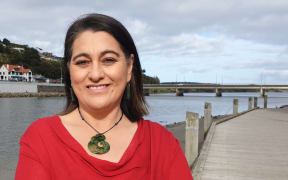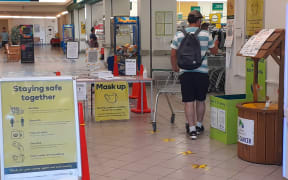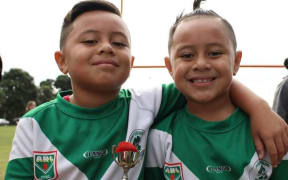There are hopes a mobile heart screening service being rolled out in Waikato will be a game-changer for remote and Māori communities.
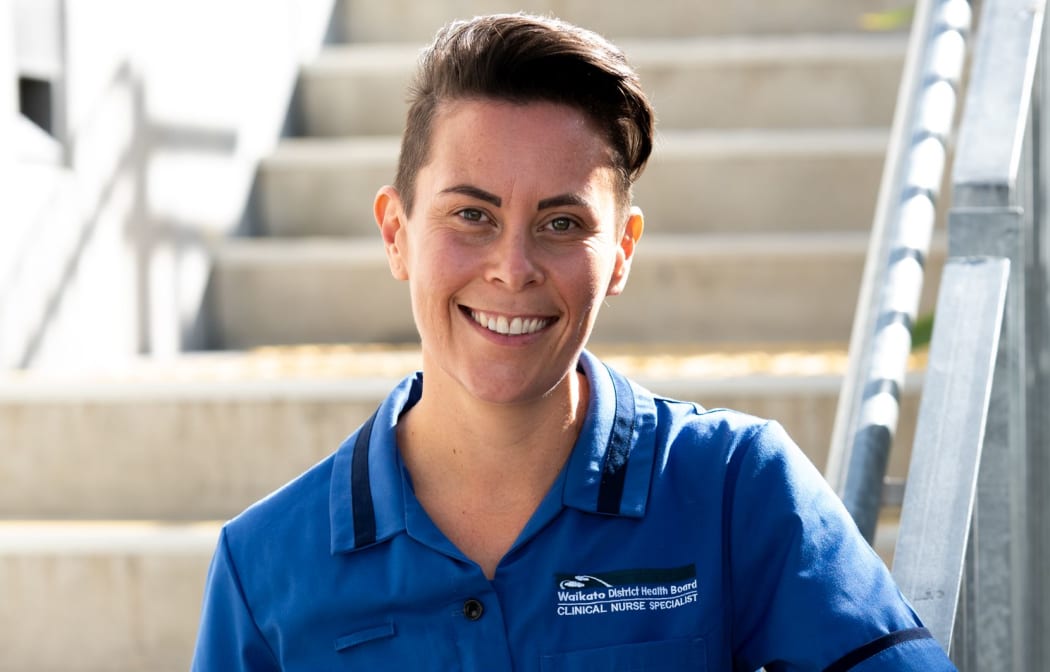
Patumahoe Leaf-Wright is the head nurse of the new programme. Photo: Supplied
Launched this week, Hāpaitia Te Hauora Manawa will see an outreach nurse hitting the road to visit isolated areas, taking specialist care into people's homes, kohanga, kura, community centres and marae.
Its ultimate aim, its designers say, is to close a significant equity gap.
"It's about taking these cardiology services and early screening out into the communities," said Patumahoe Leaf-Wright, the head nurse for the programme. "Really meeting them where they are."
Māori have some of the highest rates of heart-related diseases in the country; they are 9.8 times more likely to be admitted to hospital with heart failure, and 2.8 times more likely to be admitted because of a heart attack.
"We've got all the information that tells us how bad it is and it's about time that we tried to do something that's different to address that," Leaf-Wright said.
"The highest killer for Māori men under the age of 45 is heart disease. So, you know, it's not a small issue.
"So here's me - on my lonesome at the moment - trying to go out and provide a real mana-enhancing service for our people."

Some of those involved in the initiative. Photo: Supplied
Specialist backs innovative approach
The head of cardiology at Waikato Hospital, Rajesh Nair, said innovative thinking was needed to address what he called a significant problem.
"We see very young patients turning up to hospital with fairly advanced disease. This is very, very unheard of in Western Europe, for example," Nair said.
"There are a lot of patients out in the community. By the time they get to their primary care and by the time they get referred to us, as specialists at the hospital, their heart function is poor and we have to subject them to operations."
Nair said the programme was the culmination of more than two years of work, and involved collaboration with designers, nurses and Māori health providers and communities. At its launch this week, it was backed by Te Kohao Health and the Kiingitanga.
Nair said the issues were clear. The hospital could be an intimidating environment, unfamiliar to many.
But access was also difficult. For some patients in Waikato, attending an outpatients appointment could be a round trip of several hours.
Māori men, in particular, often went to their GPs rarely, meaning conditions were often detected too late. Check-ups are expensive, too.
"Just to get an ECG for example, it can cost $25 to $50. ECGs are a very simple thing you can do and transfer digitally, and programmes such as this will hopefully remove those barriers so we can engage with them face-to-face," Nair said.
So now, Leaf-Wright is driving around the Waikato in a car kitted out with ECGs and other equipment. There's a specially designed IT system on board, linked directly to the cardiology department at Waikato Hospital.
She will arrive at a settlement, get to know the community and conduct some health checks, run some diagnostic tests, and do some simple blood tests.
"And taking all of that information and piecing together a puzzle. If need be, we're all tele-health enabled. So I can just call up my cardiologist buddies at the hospital and have them give you the once-over as well while I'm right there with you."
Dr Nair said such early intervention could save many lives.
"We can diagnose almost 80 percent of underlying serious health issues by these tests that we have chosen to do, and if at all somebody has underlying heart problems we can diagnose them early and start preventive treatment.
"We can offer complex treatment advice in real time and they can make those changes in real time. Rather than wait for a letter to be typed, the patient to have it, outpatient clinic appointment, and the letter to go to the GP and the GP calling. That could take at least three weeks, here you have almost real time."
It's been a slow process to get here, Nair said.
Hospital IT systems are often archaic, so to design such a real-time and bilingual system had to be done from the ground up. The hack of the Waikato DHB IT systems and related shutdowns set things back, too.
But the biggest hurdle, Nair said, was overcoming a reluctance to change how things are done.
"I came here [to New Zealand] nearly 11 years ago and one thing I noticed is having improvements or change, and embracing innovation, is not easy."
But now they are there, and he's excited. So is Patumahoe Leaf-Wright.
If successful, she hopes it could act as a blueprint for other specialities.
"It's about helping our people live longer."

